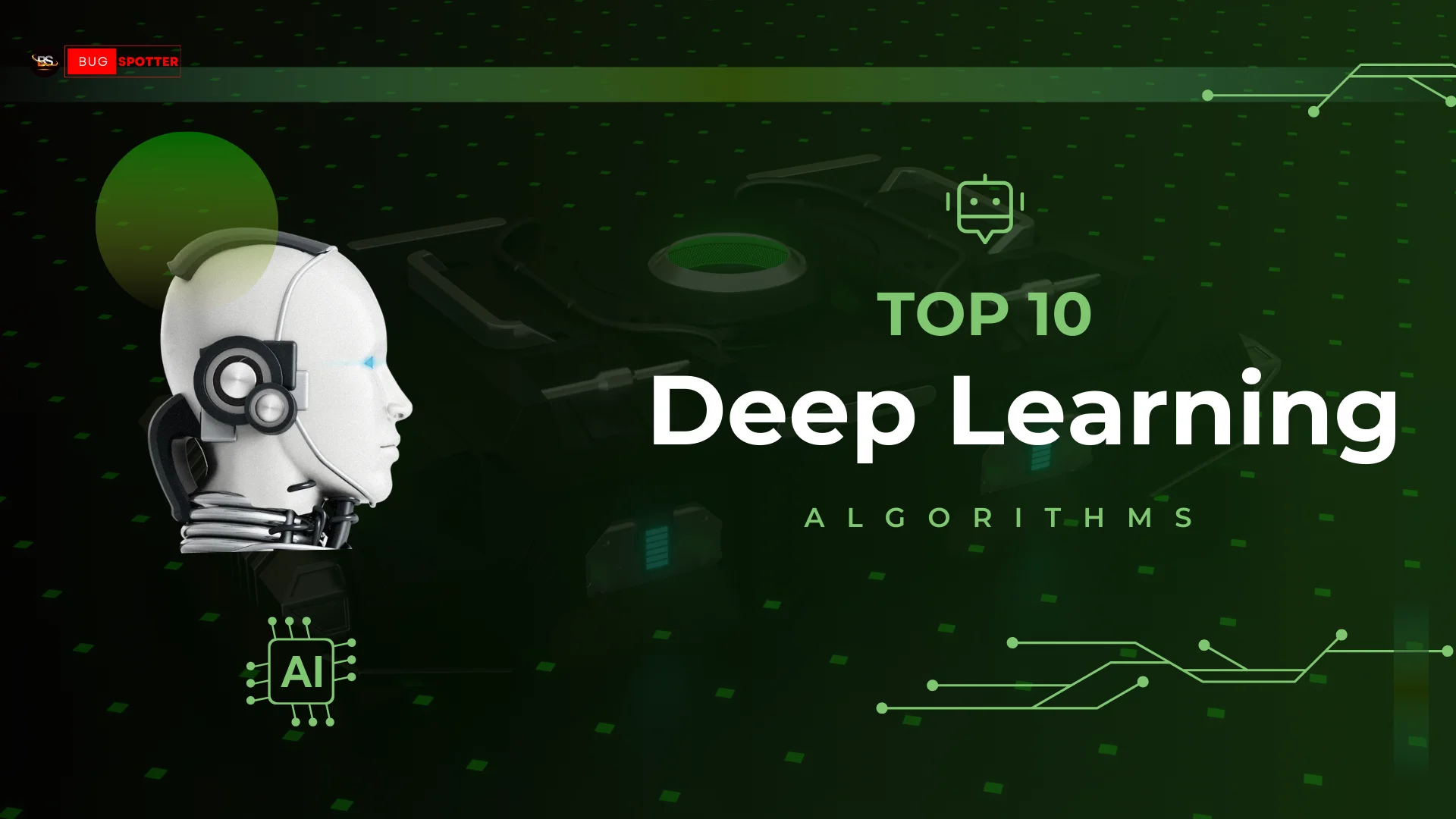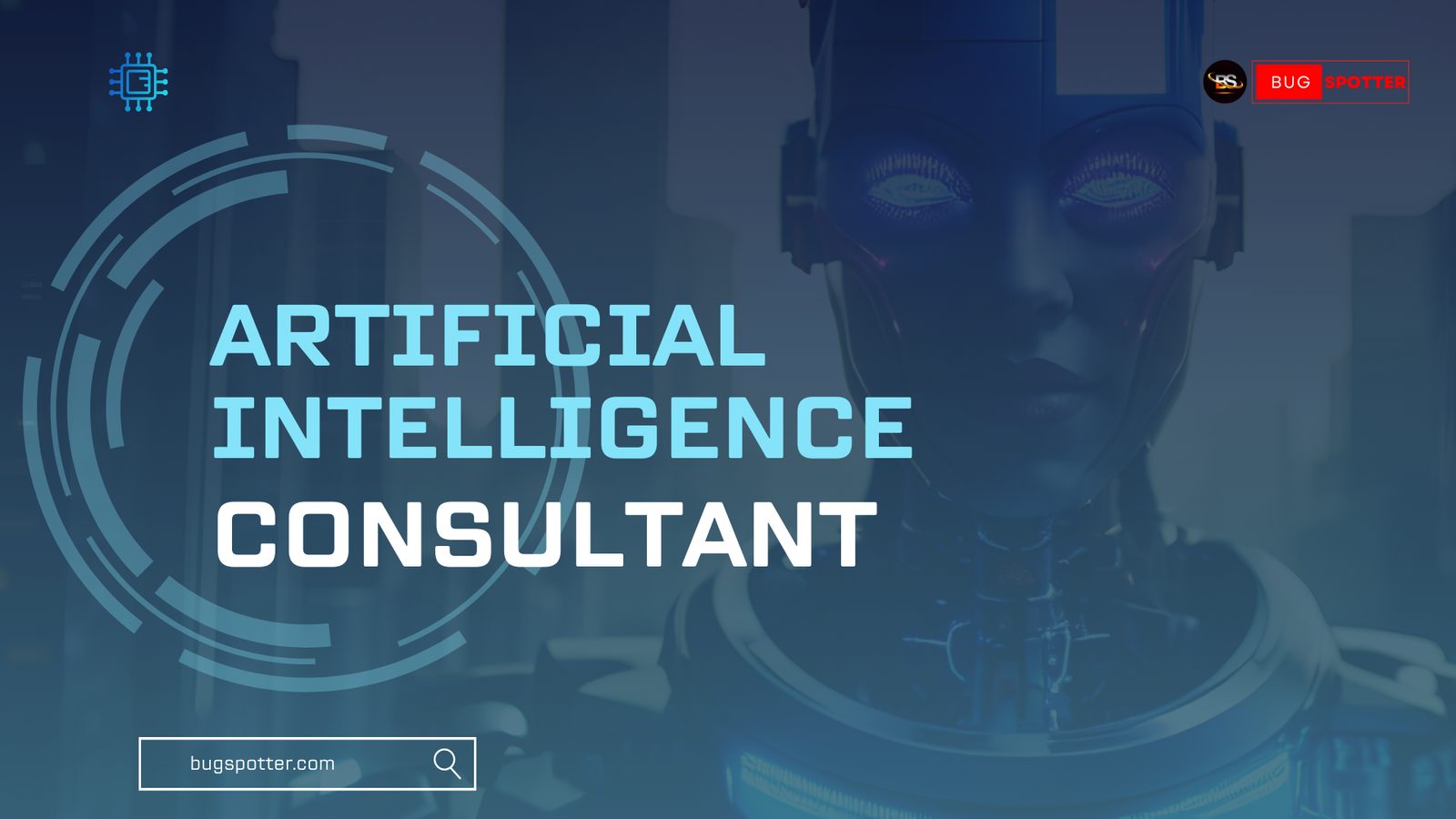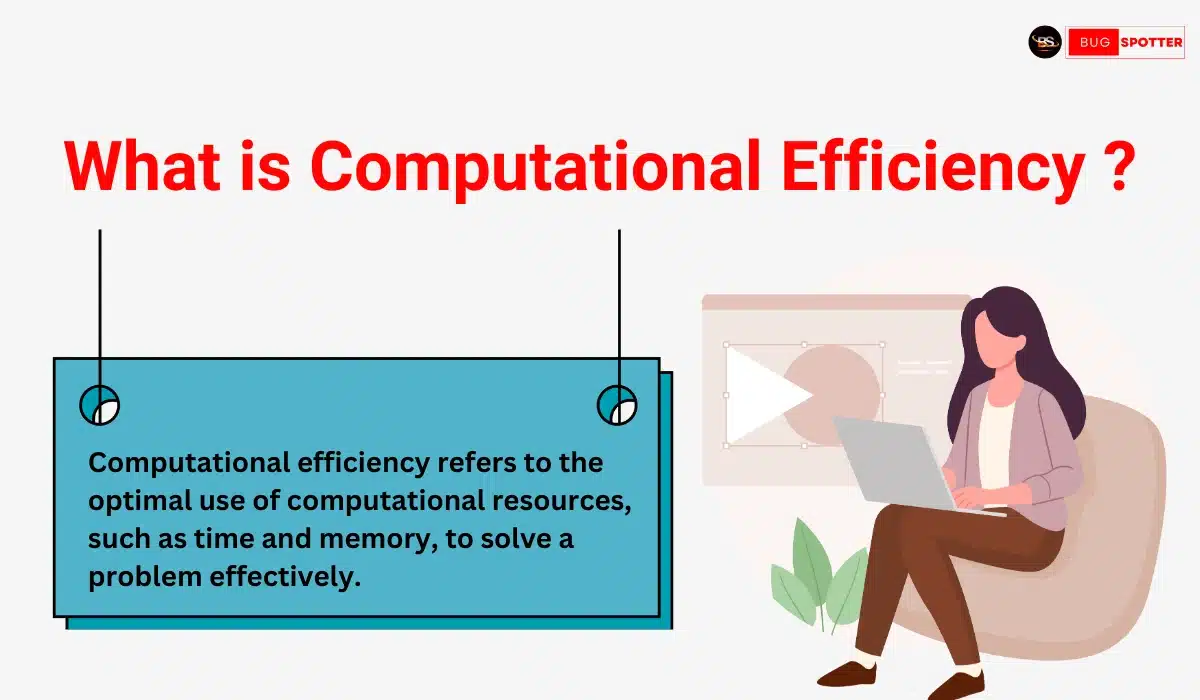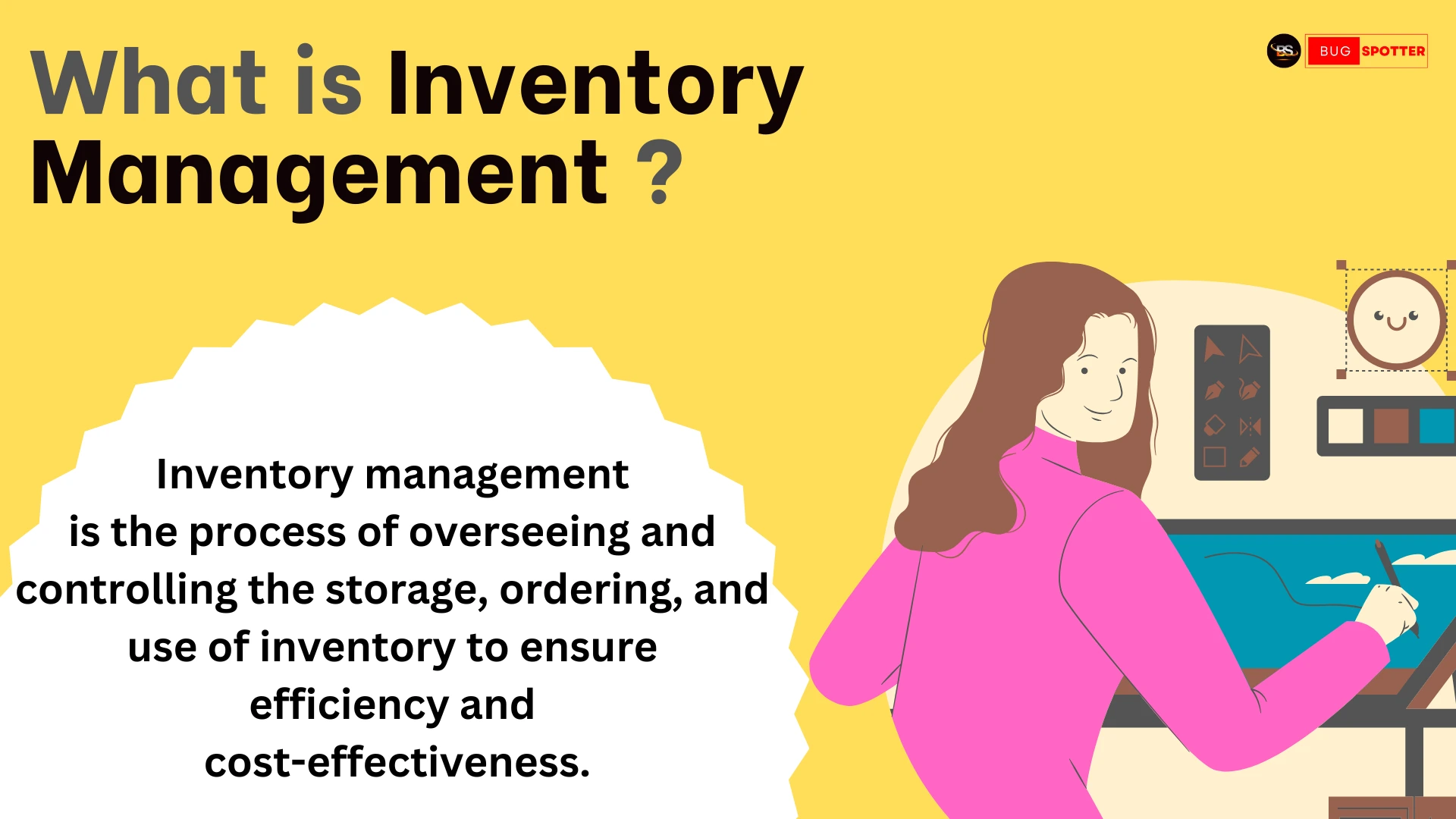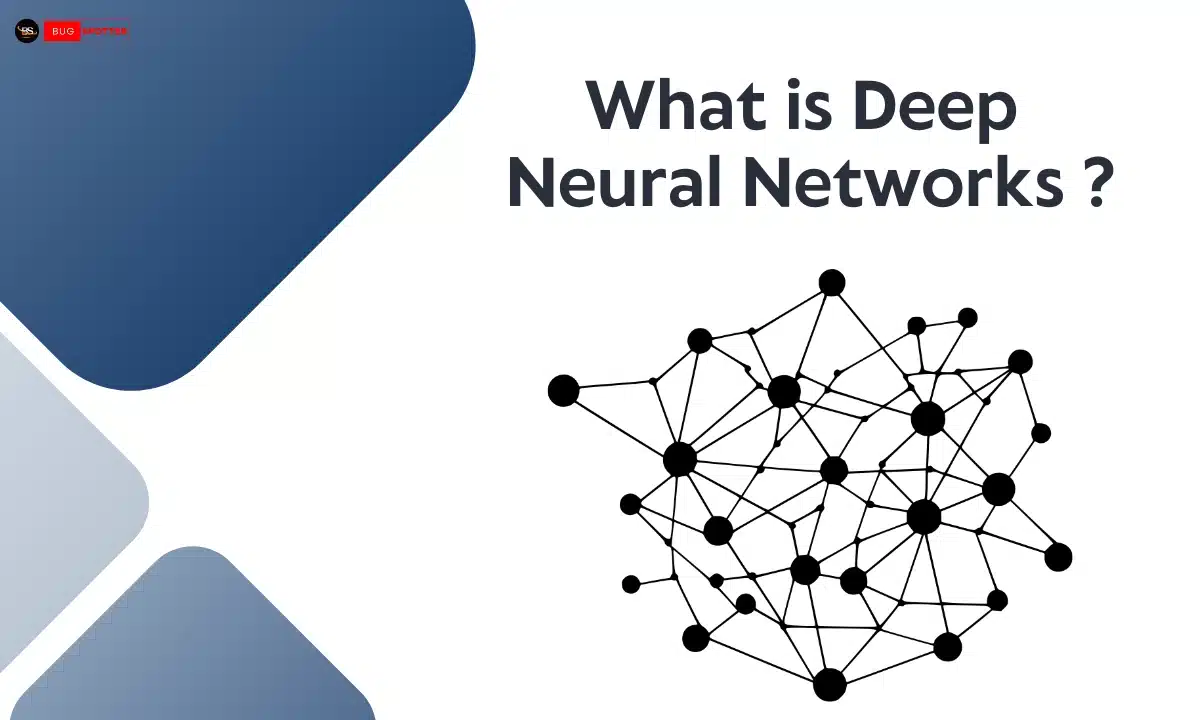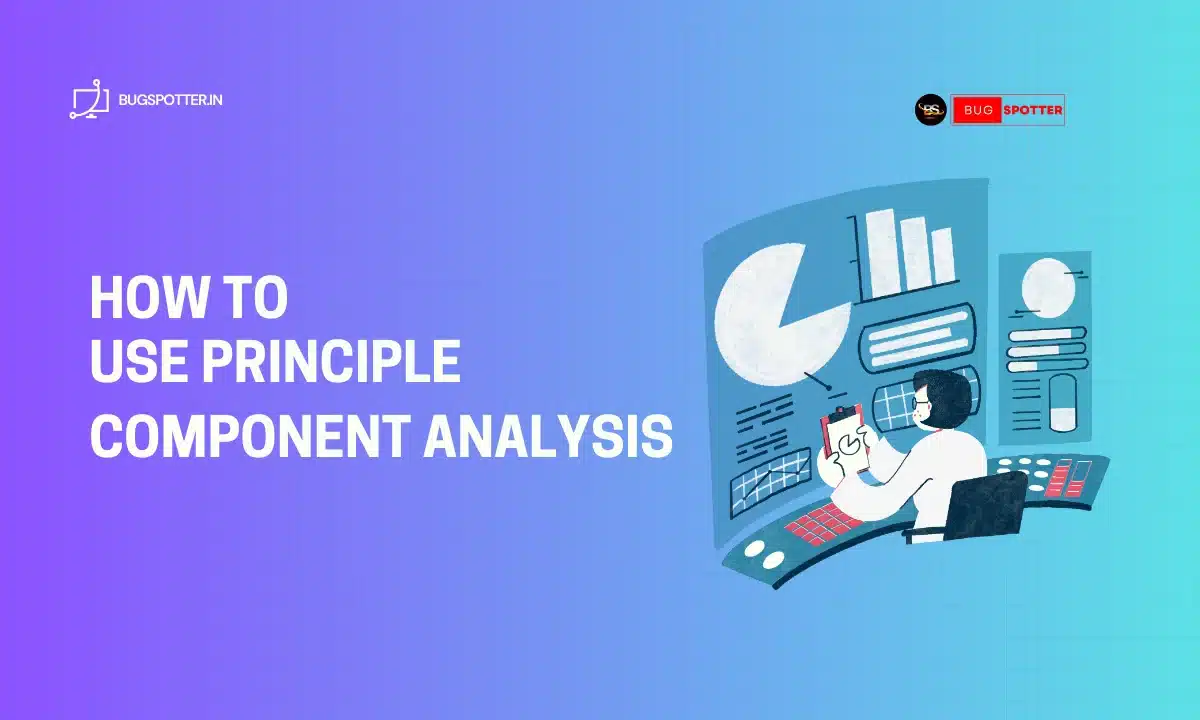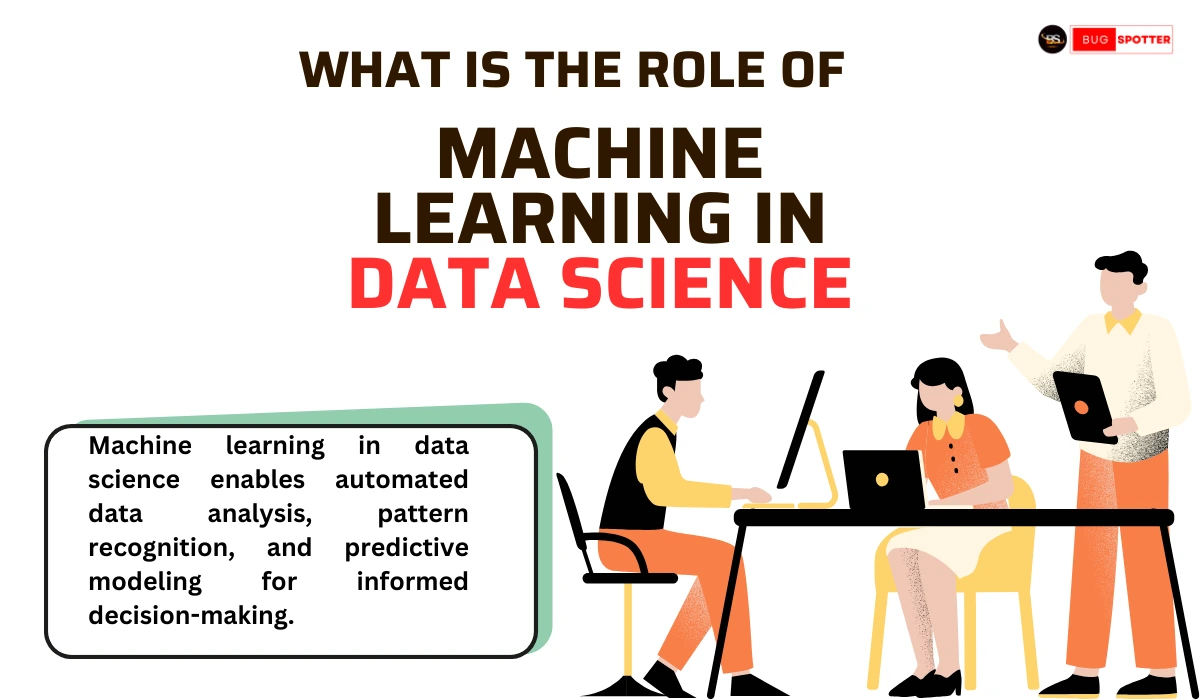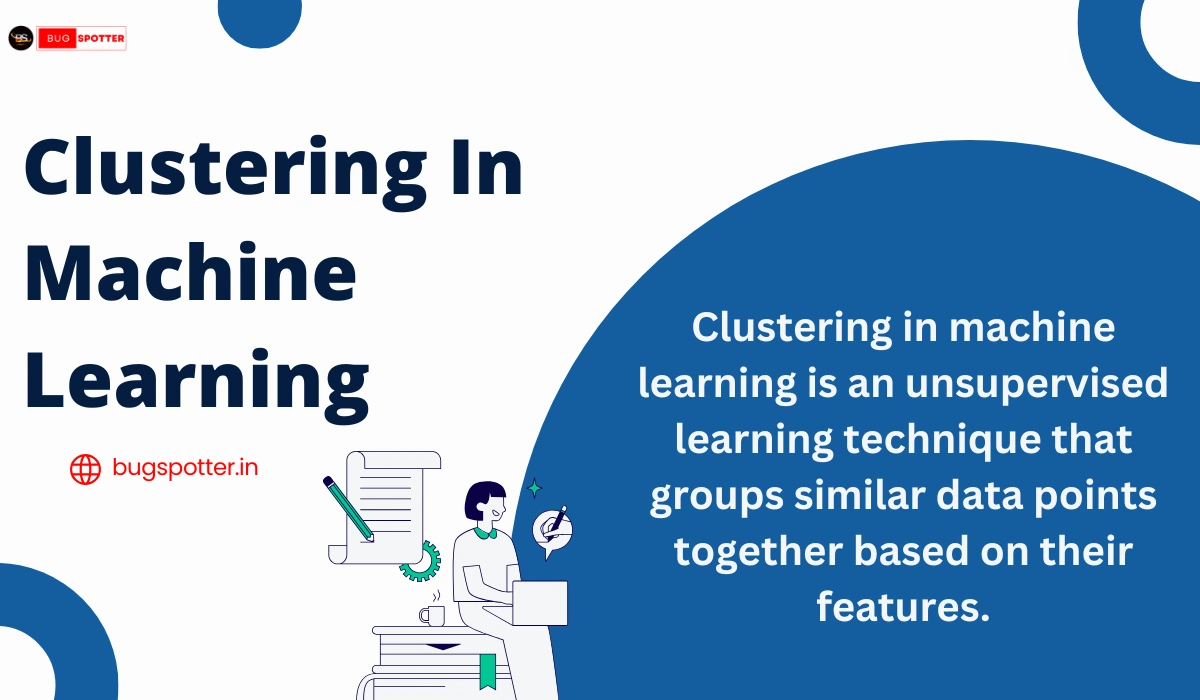Data Science Interview questions for Oracle
Table of Contents

Data Science questions 2024
1.What is data science?
Data science is an interdisciplinary field that uses scientific methods, processes, algorithms, and systems to extract knowledge and insights from structured and unstructured data. It combines techniques from statistics, machine learning, data analysis, and domain knowledge to inform decision-making.
2.What is the difference between supervised and unsupervised learning?
Supervised learning involves training a model on labeled data, where the outcome is known. Examples include regression and classification tasks. In contrast, unsupervised learning involves finding patterns in data without labeled responses, such as clustering and association tasks.
3.What is overfitting, and how can it be prevented?
Overfitting occurs when a model learns the noise in the training data instead of the underlying pattern, resulting in poor generalization to new data. It can be prevented through techniques like cross-validation, regularization (L1 or L2), pruning decision trees, and using simpler models.
4.What are precision and recall?
Precision is the ratio of true positive predictions to the total predicted positives, indicating the accuracy of positive predictions. Recall (sensitivity) is the ratio of true positive predictions to the total actual positives, indicating the model’s ability to find all relevant cases. They are often used together in the context of classification tasks.
5.Explain the bias-variance tradeoff.
The bias-variance tradeoff is the balance between two types of errors in a model: bias (error due to overly simplistic assumptions) and variance (error due to excessive complexity). A model with high bias may underfit the data, while a model with high variance may overfit. The goal is to find a model that minimizes both types of errors.
6.What are some common methods for handling missing data?
Common methods for handling missing data include:
- Removing rows with missing values (listwise deletion).
- Imputation, such as filling missing values with the mean, median, or mode.
- Using predictive models to estimate missing values.
- Flagging missing values as a separate category if appropriate.
7.What is the purpose of A/B testing?
A/B testing is used to compare two versions of a variable to determine which one performs better. It involves randomly assigning subjects to different groups and measuring outcomes to assess the effect of changes, such as website design or marketing strategies.
8.Can you explain the concept of regularization?
Regularization is a technique used to prevent overfitting by adding a penalty term to the loss function of a model. Common methods include L1 regularization (Lasso) and L2 regularization (Ridge), which penalize large coefficients in linear models, thus promoting simpler models that generalize better.
9.What is a confusion matrix?
A confusion matrix is a table used to evaluate the performance of a classification model by summarizing the predicted vs. actual classifications. It shows true positives, false positives, true negatives, and false negatives, allowing for the calculation of metrics like accuracy, precision, recall, and F1 score.
10.What is feature engineering?
Feature engineering is the process of using domain knowledge to select, modify, or create features (input variables) that improve the performance of machine learning models. It can involve techniques like normalization, one-hot encoding, and creating interaction terms.
11.What is a data pipeline?
A data pipeline is a series of data processing steps that involve the collection, processing, and transformation of data from one system to another. It often includes data extraction, transformation (cleaning, filtering, aggregating), and loading (ETL) into a destination for analysis.
12.Explain the difference between regression and classification.
Regression is a type of predictive modeling technique used to predict continuous outcomes, such as price or temperature. Classification, on the other hand, predicts categorical outcomes, assigning input data to discrete classes or categories, such as spam or not spam.
13.What is cross-validation?
Cross-validation is a technique used to assess the performance of a machine learning model by dividing the data into multiple subsets (folds). The model is trained on a subset and validated on another, helping to ensure that the model generalizes well to unseen data.
14.What are outliers, and how can they be handled?
Outliers are data points that significantly differ from other observations in the dataset. They can be handled by:
- Removing them if they are errors.
- Transforming data (e.g., logarithmic transformation).
- Using robust statistical methods that are less sensitive to outliers.
15.Explain the concept of clustering.
Clustering is an unsupervised learning technique used to group similar data points based on their features. Algorithms like K-means, hierarchical clustering, and DBSCAN identify inherent structures in the data without prior labels, allowing for the discovery of patterns and relationships.
16.What is the ROC curve?
The Receiver Operating Characteristic (ROC) curve is a graphical representation of a classifier’s performance across different threshold values. It plots the true positive rate (sensitivity) against the false positive rate, allowing for the evaluation of model performance and selection of optimal thresholds.
17.What are the assumptions of linear regression?
The main assumptions of linear regression include:
- Linearity: The relationship between predictors and the target is linear.
- Independence: Observations are independent of each other.
- Homoscedasticity: Constant variance of errors.
- Normality: The residuals of the model should be approximately normally distributed.
18.Describe the Central Limit Theorem.
The Central Limit Theorem states that the sampling distribution of the sample mean will approach a normal distribution as the sample size increases, regardless of the shape of the population distribution, provided the samples are independent and identically distributed.
19.What is the difference between bagging and boosting?
Bagging (Bootstrap Aggregating) is an ensemble technique that trains multiple models independently on random subsets of the data and averages their predictions to reduce variance. Boosting, on the other hand, sequentially trains models, where each model attempts to correct the errors of the previous one, leading to improved accuracy.
20.What are hyperparameters?
Hyperparameters are parameters whose values are set before the learning process begins. They control the learning process and model complexity (e.g., learning rate, number of trees in a random forest). Tuning hyperparameters is essential for optimizing model performance.
21.Explain what PCA (Principal Component Analysis) is.
PCA is a dimensionality reduction technique that transforms high-dimensional data into a lower-dimensional space while preserving as much variance as possible. It identifies the directions (principal components) along which the data varies the most and reduces the number of features while minimizing information loss.
22.What is the purpose of a validation set?
A validation set is a subset of the dataset used to tune model parameters and select the best model during the training process. It helps prevent overfitting by providing an unbiased evaluation of the model’s performance on unseen data.
23.What is the difference between Type I and Type II errors?
A Type I error occurs when a null hypothesis is rejected when it is true (false positive), while a Type II error occurs when a null hypothesis is not rejected when it is false (false negative). Balancing these errors is crucial in hypothesis testing.
24.What is a time series analysis?
Time series analysis involves statistical techniques for analyzing time-ordered data points to identify trends, seasonal patterns, and cyclic behaviors. Common methods include ARIMA (AutoRegressive Integrated Moving Average) and exponential smoothing.
25.Describe the concept of a recommendation system.
A recommendation system is a type of algorithm designed to suggest products or content to users based on their preferences and behaviors. They can use collaborative filtering (user-item interactions) or content-based filtering (item features) to provide personalized recommendations.
26.What is SQL, and how is it used in data science?
SQL (Structured Query Language) is a programming language used to manage and manipulate relational databases. In data science, SQL is often used to extract, query, and analyze data stored in databases, making it essential for data retrieval and preprocessing.
27.Explain the difference between a parametric and a non-parametric model.
Parametric models make assumptions about the underlying data distribution (e.g., linear regression assumes a linear relationship). Non-parametric models do not make such assumptions and can adapt to any shape of data distribution, providing greater flexibility (e.g., decision trees).
28.What is the purpose of feature selection?
Feature selection is the process of selecting a subset of relevant features for model building. It helps improve model performance by reducing overfitting, decreasing training time, and enhancing model interpretability by eliminating irrelevant or redundant features.
29.Describe the concept of gradient descent.
Gradient descent is an optimization algorithm used to minimize a function by iteratively moving towards the steepest descent direction, represented by the negative gradient. It is widely used in training machine learning models to adjust weights and minimize the loss function.
30.What are the main differences between TensorFlow and PyTorch?
TensorFlow is a deep learning framework developed by Google that provides a static computation graph, which can improve performance and deployment. PyTorch, developed by Facebook, offers dynamic computation graphs, making it easier to debug and experiment with. Both frameworks are widely used for building machine learning models but cater to different user preferences and use cases.
Some Difference between Questions
1. Difference between Supervised and Unsupervised Learning
Supervised Learning: In supervised learning, the algorithm is trained on a labeled dataset, meaning each training example is paired with an output label. The model learns the relationship between the input data and output labels, and it can predict the labels for new, unseen data.
Unsupervised Learning: In unsupervised learning, the model is trained on data without any labels. The algorithm tries to learn the underlying structure and patterns in the data, often through clustering or association. There is no predefined outcome or target variable.
2. Difference between Data Mining and Data Analysis
Data Mining: Data mining is the process of discovering patterns, correlations, and insights within large sets of data using algorithms and statistical methods. It aims to extract useful information for decision-making and identifying trends.
Data Analysis: Data analysis is the process of inspecting, cleaning, and modeling data to draw conclusions or answer questions. It involves exploring and interpreting data to make data-driven decisions, often with a specific problem or goal in mind.
3. Difference between Correlation and Causation
Correlation: Correlation refers to a statistical relationship between two variables, where changes in one variable are associated with changes in another. However, correlation does not imply that one variable causes the change in another.
Causation: Causation indicates a cause-and-effect relationship where one variable directly affects the outcome of another. Demonstrating causation requires more than statistical association; it typically needs controlled experiments or additional evidence.
4. Difference between Classification and Regression
Classification: Classification is a type of supervised learning where the model predicts discrete, categorical outcomes. Examples include classifying emails as spam or non-spam and determining whether a tumor is malignant or benign.
Regression: Regression is another form of supervised learning but focuses on predicting continuous, numerical values. Examples include predicting house prices or forecasting stock prices based on historical data.
5. Difference between SQL and NoSQL Databases
SQL Databases: SQL (Structured Query Language) databases are relational databases that use structured tables with rows and columns. They follow a fixed schema and support ACID (Atomicity, Consistency, Isolation, Durability) properties, making them suitable for structured data and complex queries. Examples include MySQL, PostgreSQL, and Oracle.
NoSQL Databases: NoSQL databases are non-relational and store data in various formats like key-value pairs, documents, or graphs. They offer flexibility with schema and are typically better for handling unstructured data, scaling horizontally, and managing large volumes of data. Examples include MongoDB, Cassandra, and Redis.




